Last Friday, President Trump declared that the U.S. would slap 25% tariffs on up to US$50 billion worth of Chinese goods. The justification was that the Chinese must be punished for its theft of IP (intellectual property) and other unfair trade practices. Trump warned that his government could impose additional tariffs if China retaliates with duties of its own on American crops or other products.
Immediately on the same day, China did exactly that – slapping a 25% tariff on 545 U.S. goods worth US$34 billion to be effective on July 6 – including agriculture and automobiles from the country. The overall counter-tariff plan will hit about US$50 billion worth of 659 American goods. The Dow Jones has since posted 5 consecutive days of red.
In retaliation to Beijing’s retaliation, Trump has requested the United States Trade Representative to identify US$200 billion worth of Chinese goods for additional tariffs at a rate of 10%. A statement from White House says the latest retaliation will go into effect if China refuses to change its practices, and also if it insists on going forward with the new tariffs that it has recently announced.
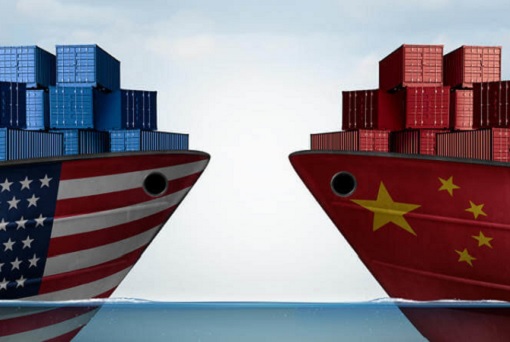
What this poker game means is, the Chinese must not retaliate against Trump’s 25% tariffs of US$50 billion worth of Chinese goods. Let the American wins the game. If Beijing retaliates against Washington’s latest US$200 billion tariffs, by introducing its own equivalent of US$200 billion tariffs on U.S. products, Trump will pursue another US$200 billion of Chinese goods.
China’s Commerce Ministry said on Tuesday morning that it will take counter measures if the U.S. publishes an additional tariffs list. Pledging to safeguarding the interests of China and its people, and defending free trade, the ministry says – “The United States has initiated a trade war that violates market laws and is not in accordance with current global development trends.”
Essentially, all the hard work of high-level talks between Washington and Beijing has been erased with the new escalating tariffs and counter-tariffs between both superpowers. So, what should China do next? There are quite a number of options on the table that the Chinese can take. If Beijing thinks Washington was bluffing, it can continue with its next retaliation.

Yes, China can match America’s US$200 billion counter-tariff and watch the U.S. stock market plunges further. The Dow futures have since fallen more than 200 points after Trump’s US$200 billion tariff threats against China. Such strategy will be good to see what types of Chinese goods that the U.S. Trade Representative has in mind to be targeted next.
The second option for China is to do nothing at this point, betting that it was purely rhetoric that Trump would slap the massive US$200 billion tariffs. However, they have to decide whether they wanted to continue with the US$50 billion retaliation in the first place. If the Chinese wanted the game to stop at US$50 billion, then they have to prepare to lose face.
Losing 25% on US$50 billion trade is better than losing another 10% on US$200 billion. Still, Trump may not be satisfied with winning 25% tariff on the US$50 billion worth of Chinese goods. The U.S. president may see Chinese refusal to even fight at first round of the trade war as a sign of weakness and will try to pressure for more from China.
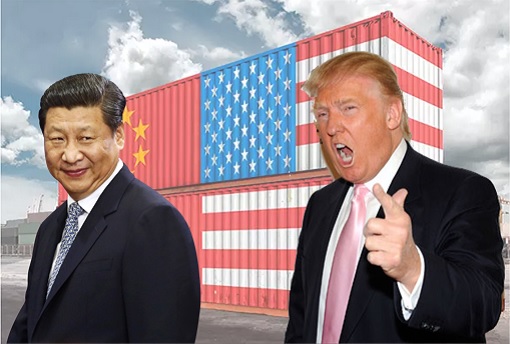
At the moment, it’s merely a rhetoric game to see who – President Donald Trump or President Xi Jinping – will blink first. The third option for China is to become the leader, instead of a follower, in the trade war. Instead of retaliating only after the U.S. issued a threat, Beijing can take the lead by learning from North Korea’s nuclear weapon program.
Trump probably doesn’t think China has the balls to engage in the trade war, unless the U.S. started it first. Perhaps Beijing should stop pussyfooting and start imposing tariffs on American products – in a large scale – immediately, giving a punch to Trump. In the U.S.-North Korea conflict, President Trump shoots and asks questions later. Kim Jong-Un shoots but never bothers to ask questions.
Of course, China is not North Korea. Unlike the pariah kingdom which has nothing to lose, the Chinese have everything to lose since Beijing enjoys US$375 billion trade surplus with the U.S. Still, with a surgical strike that will inflict the maximum damage to the American people, Trump might suffer tremendous pressure – domestically – that he is willing to walk away with a small trophy.
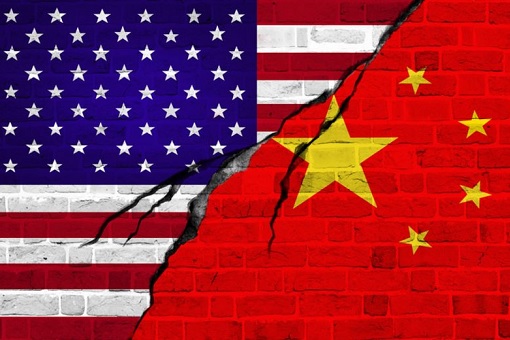
China should rethink if they should continue playing the game where Trump sets the rules. One of the reasons why Trump dares to go for a trade war with China, European Union, Canada, Mexico, Japan and practically everyone is because the U.S. economy and stock markets are booming. And the POTUS is betting that everyone is too chicken for a full-blown trade war with the U.S.
Other Articles That May Interest You …
- This Photo Says It All – G7 Summit In Chaos As Trump Refuses To Listen, Happily Clashes With Ally Nations
- The Enemy Of My Enemy Is My Friend – China Plans To Gang Up With U.S. Allies Against Trump’s Trade War
- American Trash Talk – After Trade War, Now U.S. Hopes Can Still Dump “Garbage” In China
- Forget China, E.U. Threatens U.S. With Trade War – Targeting Harley-Davidson & Jack Daniels
- Tariffs On Solar & Washing Machines – Why Trump’s Trade War Is Smart & Dumb
- China Reveals Strategy To Fight U.S. Trade War – Stop Buying American Debt
- U.S. Household Debt Hits Record $12.84 Trillion – China Top Owner Of I.O.U. Papers
- A US-China Trade War About To Happen – Here’s Why The Yankees Can’t Win
- U.S. Debt – How Much Does Each American Owe?

|
|
June 19th, 2018 by financetwitter
|


|

|

|

|

|

|







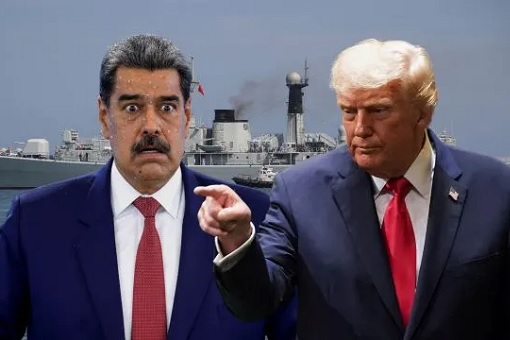
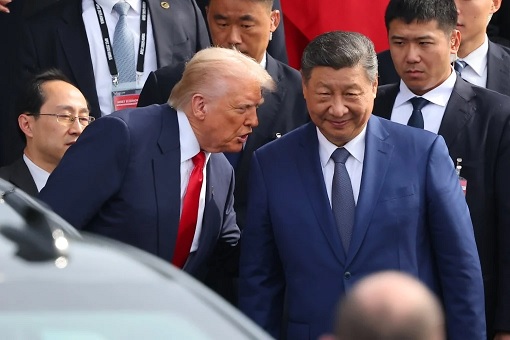
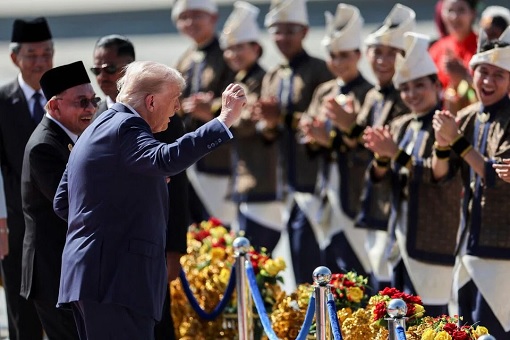



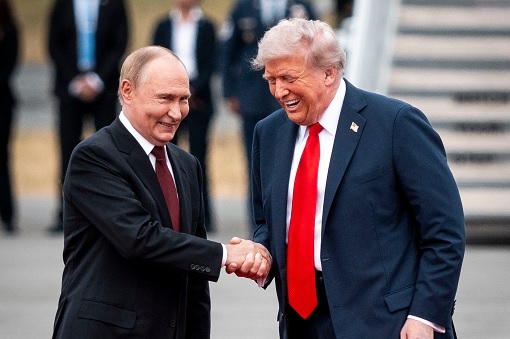

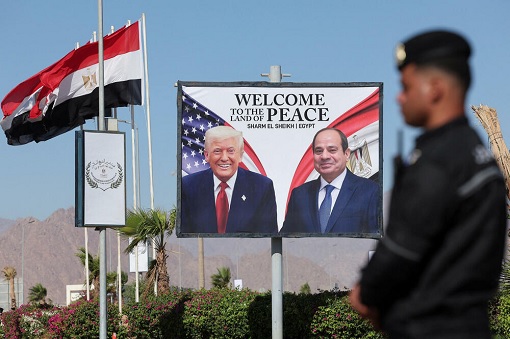




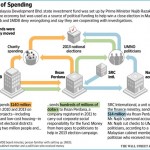







Best China should do just accept the tariffs on the 50 billions but start a campaign to tell her people to buy USA goods last. This will make Trump’s balls shrink.